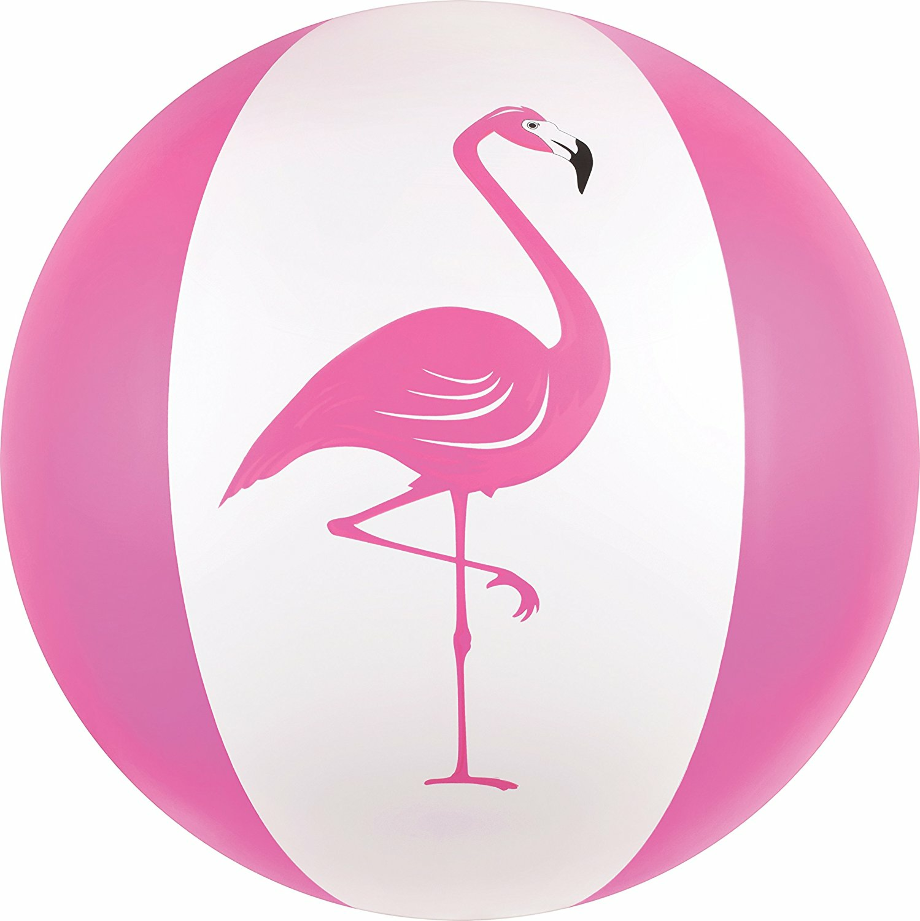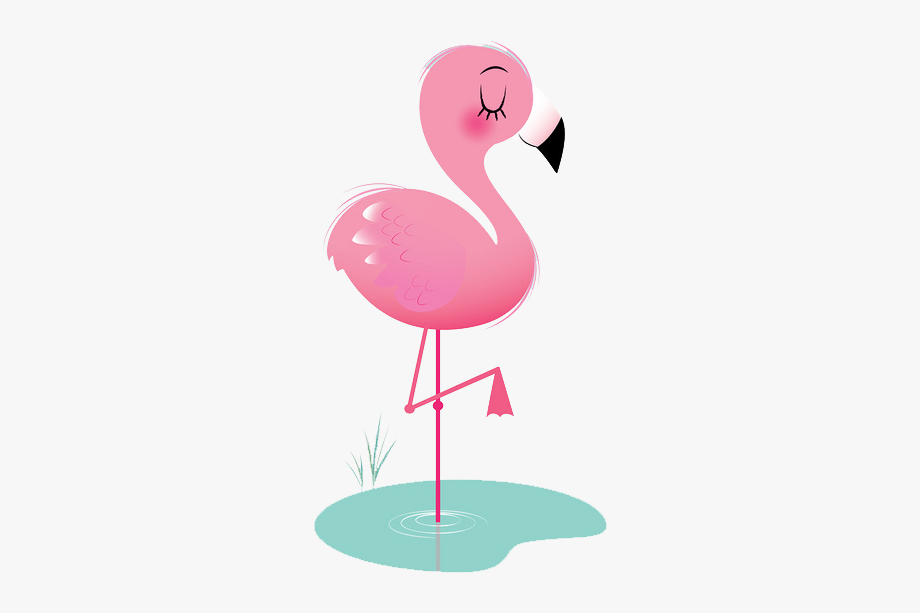
These carotenoids are broken down into pigments by liver enzymes. The source of this varies by species, and affects the saturation of colour. The pink or reddish colour of flamingos comes from carotenoids in their diet of animal and plant plankton.

The filtering of food items is assisted by hairy structures called lamellae which line the mandibles, and the large rough-surfaced tongue. Their bills are specially adapted to separate mud and silt from the food they eat, and are uniquely used upside-down. A well-fed, healthy flamingo is more vibrantly coloured and thus a more desirable mate a white or pale flamingo, however, is usually unhealthy or malnourished. Captive flamingos are a notable exception many turn a pale pink as they are not fed carotene at levels comparable to the wildįlamingos filter-feed on brine shrimp and blue-green algae. Young flamingos hatch with greyish reddish plumage, but adults range from light pink to bright red due to aqueous bacteria and beta-Carotene obtained from their food supply. A study on cadavers showed that the one-legged pose could be held without any muscle activity, while living flamingos demonstrate substantially less body sway in a one-legged posture. As well as standing in the water, flamingos may stamp their webbed feet in the mud to stir up food from the bottom.įlamingos are capable flyers and flamingos in captivity often require wing clipping to prevent escape. An alternative theory is that standing on one leg reduces the energy expenditure for producing muscular effort to stand and balance on one leg. One theory is that standing on one leg allows the birds to conserve more body heat, given that they spend a significant amount of time wading in cold water. However, the behaviour also takes place in warm water and is also observed in birds that do not typically stand in water. The reason for this behaviour is not fully understood.


Flamingos usually stand on one leg while the other is tucked beneath their body.


 0 kommentar(er)
0 kommentar(er)
